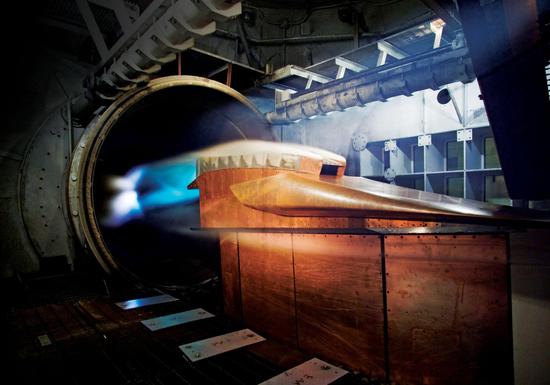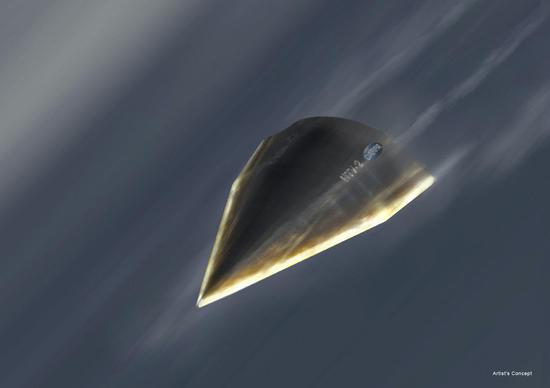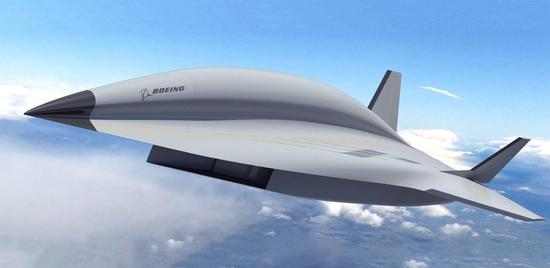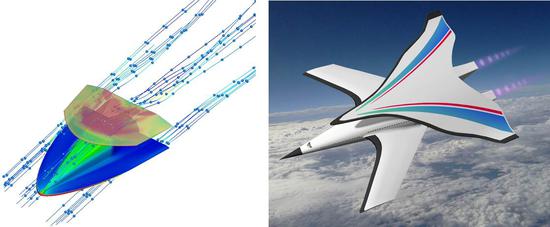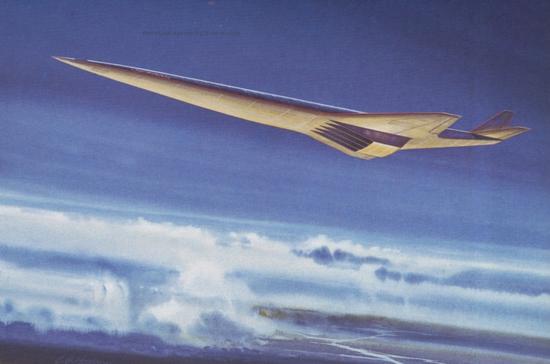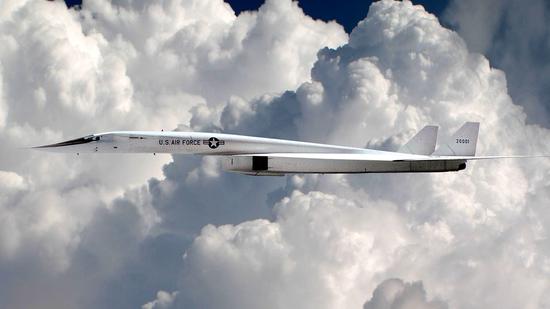But of course already have the DF-41 much faster over MACH20 can hit NY within 21 mins.
http://www.independent.co.uk/travel...two-hours-supersonic-air-travel-a8223686.html
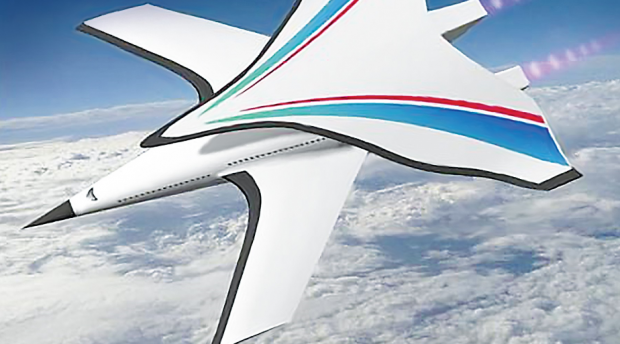
China announces plan for hypersonic jet able to reach New York from Beijing in two hours
The team's hypersonic jet design features two layers of wings / Science China Press
A research team claimed the plane would travel at 6,000km/h

283
Click to follow
The Independent Travel
A team of Chinese researchers has claimed to have designed a hypersonic jet that could travel at 6,000km/h, five times faster than the speed of sound.
The team from the Chinese Academy of Sciences said the plane would be able to transport passengers and cargo from Beijing to New York in two hours – the journey currently takes an average of 13 and a half hours.
Cui Kai, who headed up the research, published a paper on the new design in this month’s Physics, Mechanics and Astronomy journal, in which he said: “It will take only a couple of hours to travel from Beijing to New York at hypersonic speed”.
ADVERTISING
inRead invented by Teads

China to develop 2,500mph ‘flying’ train
The team said they had tested a scaled-down model of the jet in a wind tunnel, and that it reached speeds of 8,600km/h with low drag and high lift. To compare, Concorde’s top speed was 2,179km/h.
The design, dubbed the I Plane, features two layers of wings to reduce turbulence and drag while creating more lift.
Talk of hypersonic travel has been ramping up of late. “It’s certainly within the realm of possibility,” Dr Kevin Bowcutt, senior technical fellow and chief scientist of hypersonics for Boeing Research and Technology, told NBC last month. “I think we have the technology now where we could actually do it.”
Play this Game for 1 Minute and see why everyone is addictedDelta WarsBest 15 Foods to Cleanse Your LungsBuzzTomatoFlight Prices You're Not Allowed to SeeSave70.com
by Taboola
Sponsored Links
Boeing has dipped its toe in the water with its X-51A WaveRider, and it is now reportedly working with Lockheed Martin to develop a jet-powered hypersonic aircraft – although both are keeping schtum about the design.
Supersonic commercial planes – those that travel faster than 1,236km/h, the speed of sound – are likely to be the precursor to hypersonic jets. Boom Supersonic, for example, plans to produce passenger aircraft that can travel at MACH 2.2, or 2,335km/h, that will enter service in 2023.
These jets could carry 50 passengers, flying from New York to London in three hours and 15 minutes. But it won’t come cheap; fares are expected to cost $2,500 one way.
http://www.independent.co.uk/travel...two-hours-supersonic-air-travel-a8223686.html

China announces plan for hypersonic jet able to reach New York from Beijing in two hours
The team's hypersonic jet design features two layers of wings / Science China Press
A research team claimed the plane would travel at 6,000km/h
- Helen Coffey
- 13 hours ago

283
Click to follow
The Independent Travel
A team of Chinese researchers has claimed to have designed a hypersonic jet that could travel at 6,000km/h, five times faster than the speed of sound.
The team from the Chinese Academy of Sciences said the plane would be able to transport passengers and cargo from Beijing to New York in two hours – the journey currently takes an average of 13 and a half hours.
Cui Kai, who headed up the research, published a paper on the new design in this month’s Physics, Mechanics and Astronomy journal, in which he said: “It will take only a couple of hours to travel from Beijing to New York at hypersonic speed”.
ADVERTISING
inRead invented by Teads

China to develop 2,500mph ‘flying’ train
The team said they had tested a scaled-down model of the jet in a wind tunnel, and that it reached speeds of 8,600km/h with low drag and high lift. To compare, Concorde’s top speed was 2,179km/h.
The design, dubbed the I Plane, features two layers of wings to reduce turbulence and drag while creating more lift.
Talk of hypersonic travel has been ramping up of late. “It’s certainly within the realm of possibility,” Dr Kevin Bowcutt, senior technical fellow and chief scientist of hypersonics for Boeing Research and Technology, told NBC last month. “I think we have the technology now where we could actually do it.”
Play this Game for 1 Minute and see why everyone is addictedDelta WarsBest 15 Foods to Cleanse Your LungsBuzzTomatoFlight Prices You're Not Allowed to SeeSave70.com
by Taboola
Sponsored Links
Boeing has dipped its toe in the water with its X-51A WaveRider, and it is now reportedly working with Lockheed Martin to develop a jet-powered hypersonic aircraft – although both are keeping schtum about the design.
Supersonic commercial planes – those that travel faster than 1,236km/h, the speed of sound – are likely to be the precursor to hypersonic jets. Boom Supersonic, for example, plans to produce passenger aircraft that can travel at MACH 2.2, or 2,335km/h, that will enter service in 2023.
These jets could carry 50 passengers, flying from New York to London in three hours and 15 minutes. But it won’t come cheap; fares are expected to cost $2,500 one way.
- More about:
- hypersonic
- supersonic flights
- China travel

